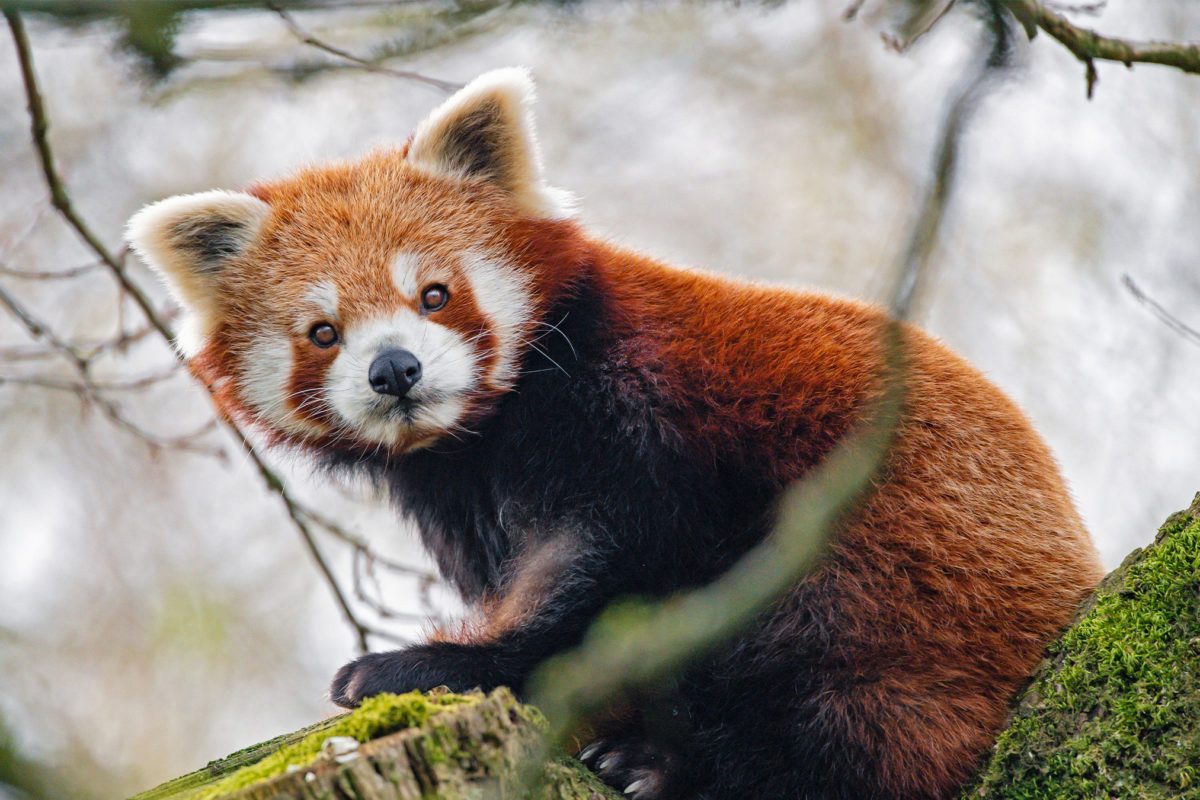Tucked between mountains sacred to Indigenous peoples in eastern Nepal, a conflict has been brewing between a hydropower company and yak herders. In August 2024, Mongabay published an investigation revealing that the company behind the Chhujung Khola Hydropower Project, had been accused of violating Indigenous rights and environmental protections.
The dispute between the hydropower company and the Bhote Singsa communities centers on the Lungbasamba landscape, a biocultural heritage zone home to endangered flora and fauna that communities have preserved for generations.
The Mongabay report was able to verify most of the communities’ claims and confirm the presence of forged signatures on documents, a lack of proper consultation with the community, and numerous errors in the environmental impact assessment (EIA) like incorrect species names and land measurements, and it also omitted the presence of important wildlife, including red pandas and snow leopards.
Mongabay also found that the actual footprint of the project was 90 times larger than officially stated. Yet despite the disputed information and faulty consultation process, construction proceeded in secret, including nighttime road-building and bulldozing of ancestral pasturelands essential for nomadic yak herders.
The company director refuted the allegations and evidence, and said they were awaiting resumption of construction activities once a lawsuit filed by civil society organizations confirmed the project could move forward.
Impact
Following publication of the story, the issue gained international recognition and traction. In late September 2024, over 30 organizations across Asia and the world signed a joint statement against the project, making several references to Mongabay’s coverage. The feature also became used as an authoritative reference, listing the many issues swarming around the hydropower proposal in one report.


